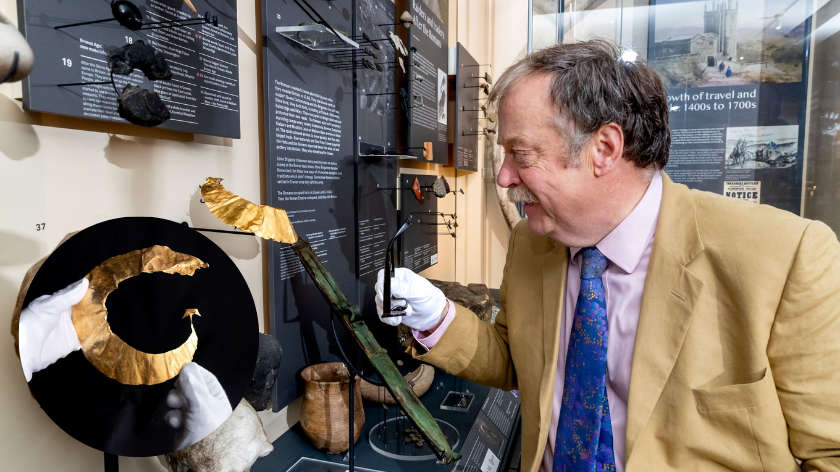
A nationally significant Bronze Age find has gone on permanent display in Skipton Town Hall, offering a fascinating insight into the lives of people who lived in North Yorkshire more than 4,000 years ago.
The gold lunula was found by a metal detectorist in a stream near Grassington in 2023.
It has been acquired by the Craven Museum, at Skipton Town Hall, which is operated by North Yorkshire Council. It is now the centre piece of the museum’s Bronze Age collection.
North Yorkshire Council’s executive member for arts and culture, Cllr Simon Myers, said:
“The importance of this find cannot be overstated and to have it on permanent display in the county where it was found is a real coup.
“It will help foster pride in the area's contribution to national history and will make our understanding of this subject more tangible and relevant.
“I think all will find this lunula both beautiful and thought provoking, speaking as it does to the extent of cross-cultural connections and trade some 4,500 years ago.”
Lunulae are some of the earliest and most impressive examples of goldworkers’ craft, dating to about 2000 BC.
While the Grassington area is well known for its Iron and Bronze Age sites, nothing similar has been found which so visually points to the wealth and status of these communities.
The finder was searching the area with permission from the landowner. After recovering the item, he reported it to the Finds Liaison Officer (FLO) at the West Yorkshire Archaeology Advisory Service where it was assessed and researched.
Craven Museum registered an interest in acquiring the piece and set about applying for grant aid to cover the cost.
Staff were helped by Dr Deborah Hallam, an expert in the prehistory of the Yorkshire Dales, who provided a letter of support and gave advice as to how the gold lunula would complement the museum’s existing collection and increase knowledge of the Bronze Age locally.
After a period of further research at the British Museum in London, the lunula travelled back to North Yorkshire some two years after it was uncovered and has now been installed on a custom-made mount in the museum.
Its purchase was funded with support from the Arts Council England/V&A Purchase Grant Fund, Art Fund and the Friends of Craven Museum.
Craven Museum curator, Charlotte Craig, with the gold lunula which has gone on permanent display in Skipton.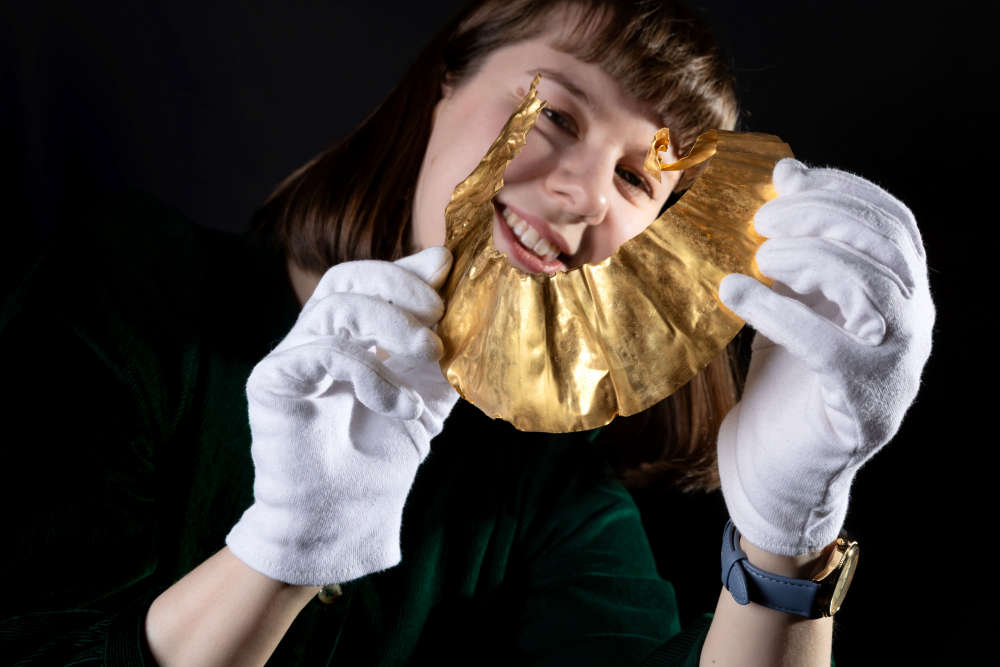
Craven Museum’s curator, Charlotte Craig, said:
“This is only the second complete, or almost complete, lunula found in Yorkshire and is believed to be the only one on permanent display in the north of England.
“Gold lunula are very rare finds in England, and so this adds greatly to our pool of knowledge about Bronze Age goldworking and the networks of culture and trade that must have existed.”
The techniques to make gold lunulas came from Ireland, so finding such an item in North Yorkshire confirms that our ancestors must have had connections hundreds of miles across the Irish Sea to exchange knowledge and materials.
As there are no known sources in North Yorkshire, the gold is thought to have come from Cornwall, Wales or Ireland.
Ms Craig said:
“When the gold lunula first arrived at the museum I was struck by how beautiful it was and how the people who made and used it must have been so sophisticated and well-connected.
“I felt such a connection to those people who lived here more than 4,000 years ago and how they must have felt about an item that was so important to them.
“It was hard to take my eyes off it – I’m sure it must have had a similar magnetic quality at the time!”
Dr Neil Wilkin, European Bronze Age curator at the British Museum, said he was delighted that the Craven Museum had acquired the piece. He said:
“The display of the lunula at the Craven Museum will allow its fascinating story to be told in its local setting.
“The British Museum is looking forward to collaborating with curators at the Craven Museum and local archaeologists to help reveal more about this spectacular find and the reasons why such a prized object was given up 4,000 years ago.”
For more on the Craven Museum and its exhibits visit https://skiptontownhall.co.uk/craven-museum/


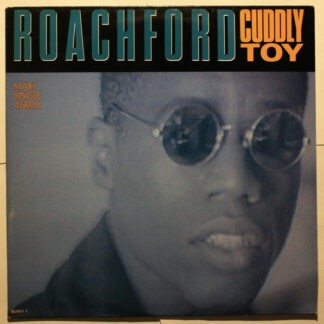
 Skipton charity refocuses its mission as demand for children’s mental health support surges
Skipton charity refocuses its mission as demand for children’s mental health support surges
 Airedale emergency department 'exceptionally busy' with flu cases rising
Airedale emergency department 'exceptionally busy' with flu cases rising
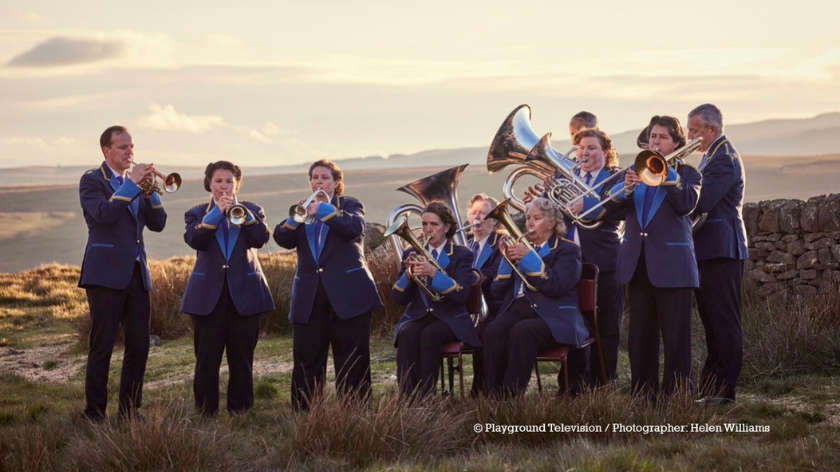 Skipton Brass Band Conductor shines on Channel 5’s All Creatures Great and Small
Skipton Brass Band Conductor shines on Channel 5’s All Creatures Great and Small
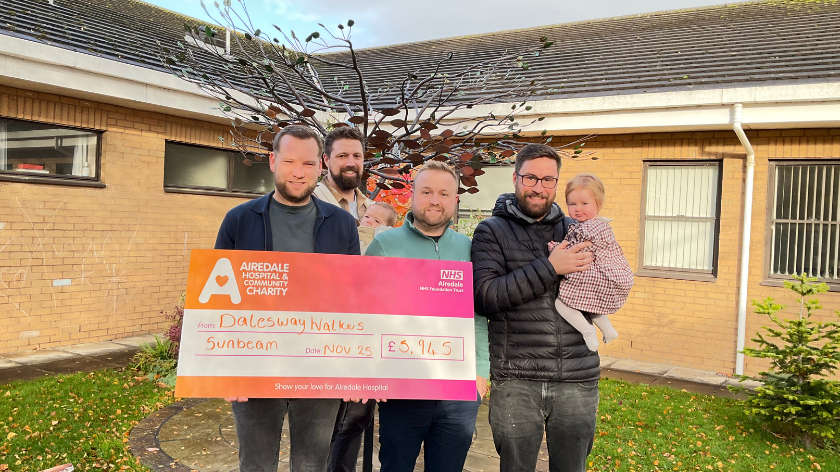 Local dads raise £11,892 to support Airedale Hospital and Community Charity
Local dads raise £11,892 to support Airedale Hospital and Community Charity
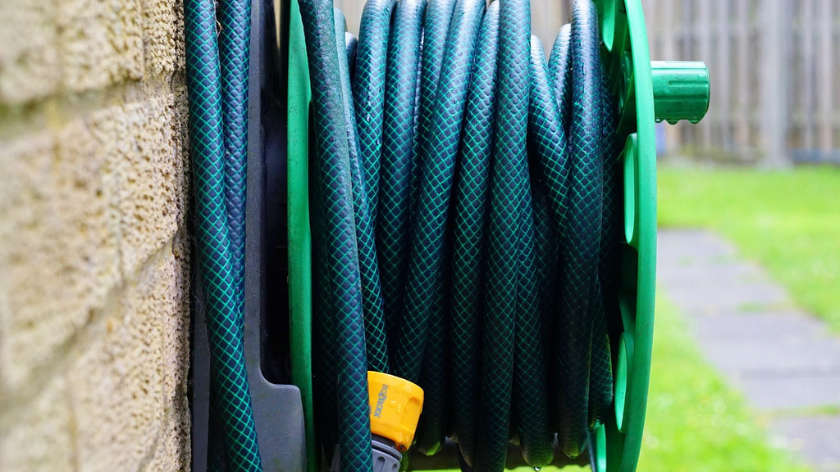 Yorkshire Water finally lifts five-month hosepipe ban
Yorkshire Water finally lifts five-month hosepipe ban
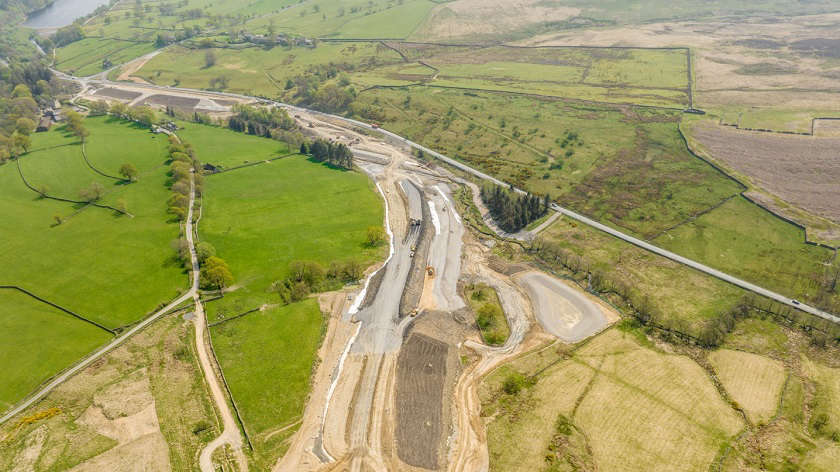 Don't blame wildlife for £11.7m Kex Gill overspend, say Green councillors
Don't blame wildlife for £11.7m Kex Gill overspend, say Green councillors
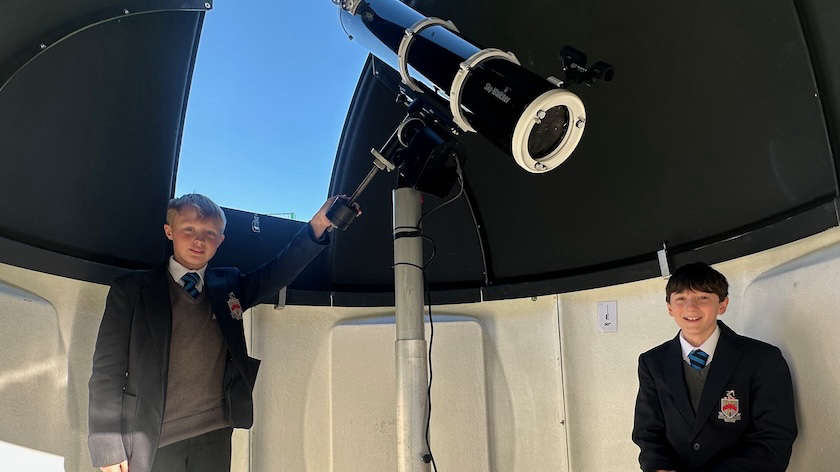 New school observatory opens to inspire next generation of astronomers
New school observatory opens to inspire next generation of astronomers
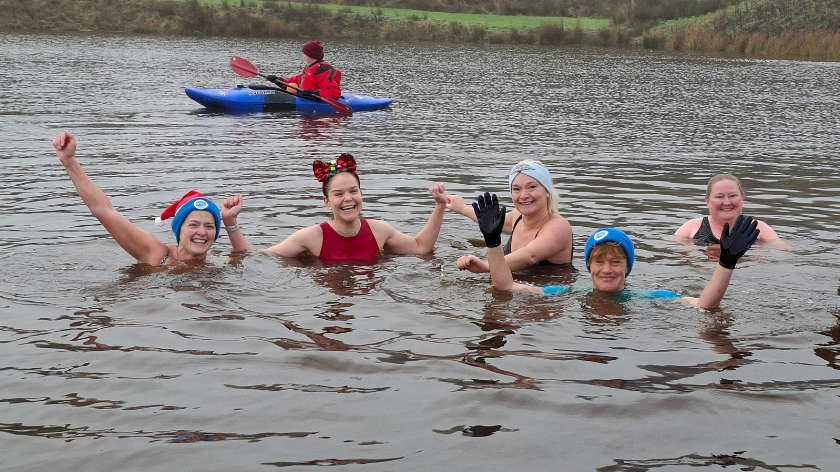 Brave dippers raise more than £5,000 at Sue Ryder’s first Big Dip Dales
Brave dippers raise more than £5,000 at Sue Ryder’s first Big Dip Dales
 Tourism tax would be a 'hammer blow' for hospitality, says Skipton MP
Tourism tax would be a 'hammer blow' for hospitality, says Skipton MP
 New train timetables on Airedale Line from Sunday
New train timetables on Airedale Line from Sunday
 An evening with Inbetweeners comedian in Silsden
An evening with Inbetweeners comedian in Silsden
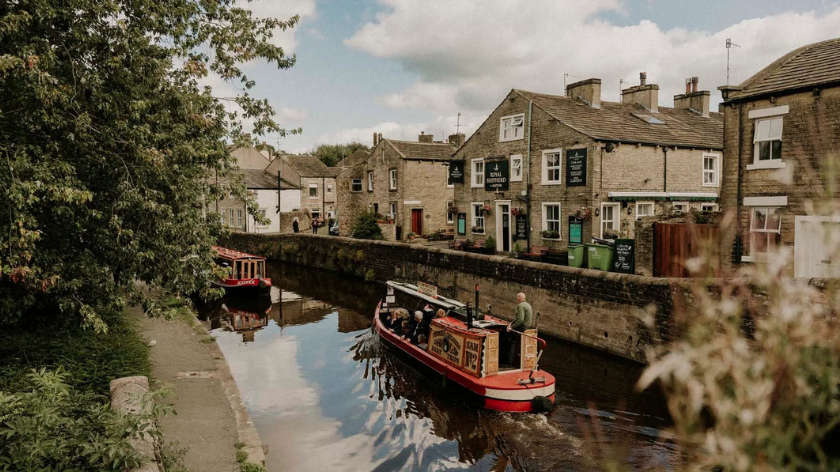 Skipton named happiest place to live in the UK
Skipton named happiest place to live in the UK
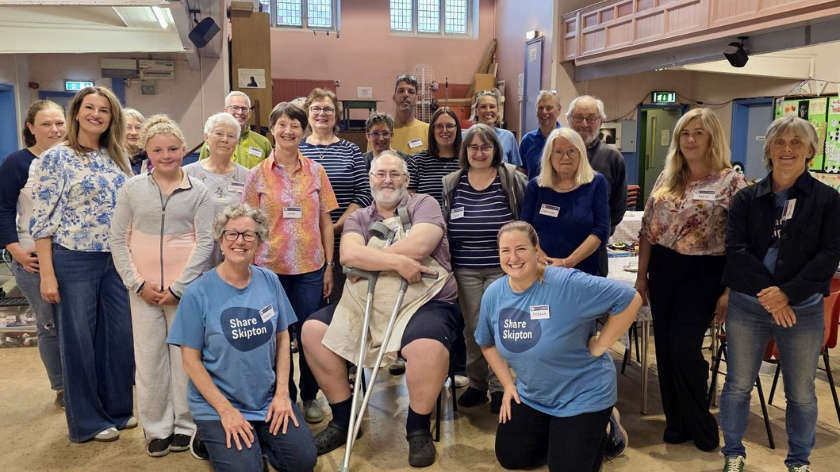 Funding available to help rural community groups grow stronger and work smarter
Funding available to help rural community groups grow stronger and work smarter
 Come say hello to Santa in Skipton
Come say hello to Santa in Skipton
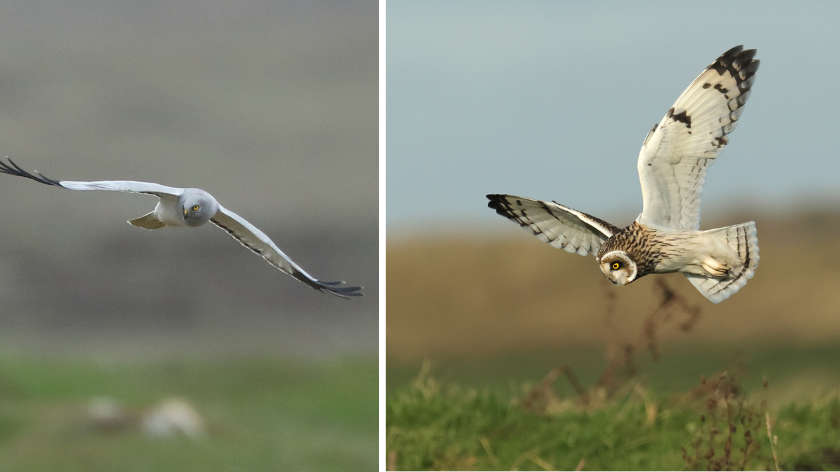 Friends of the Dales Launches ‘Eyes on the Skies’ Campaign to Stop Raptor Persecution
Friends of the Dales Launches ‘Eyes on the Skies’ Campaign to Stop Raptor Persecution
 Sue Ryder's Christmas Treecycling scheme launched
Sue Ryder's Christmas Treecycling scheme launched
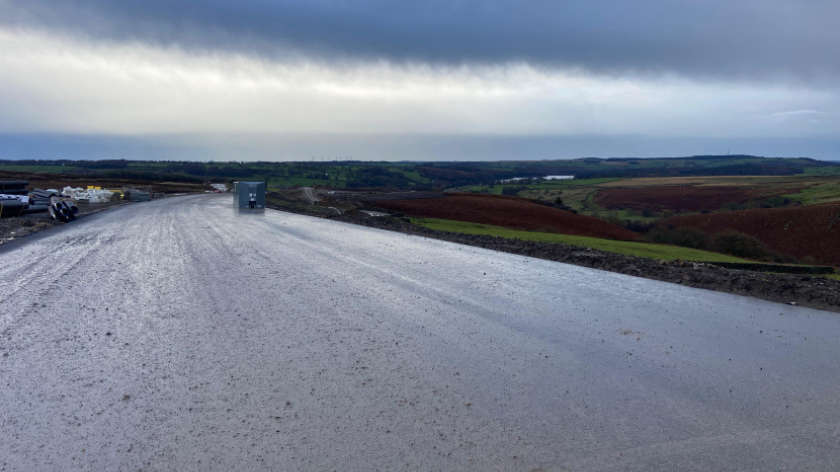 Skipton MP praises 'tremendous progress' of £82.5million Kex Gill project
Skipton MP praises 'tremendous progress' of £82.5million Kex Gill project
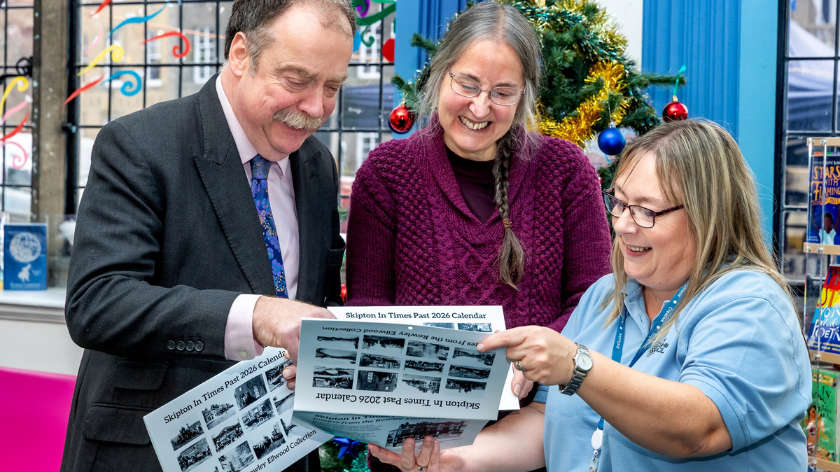 Skipton to feature in new North Yorkshire Calendar
Skipton to feature in new North Yorkshire Calendar
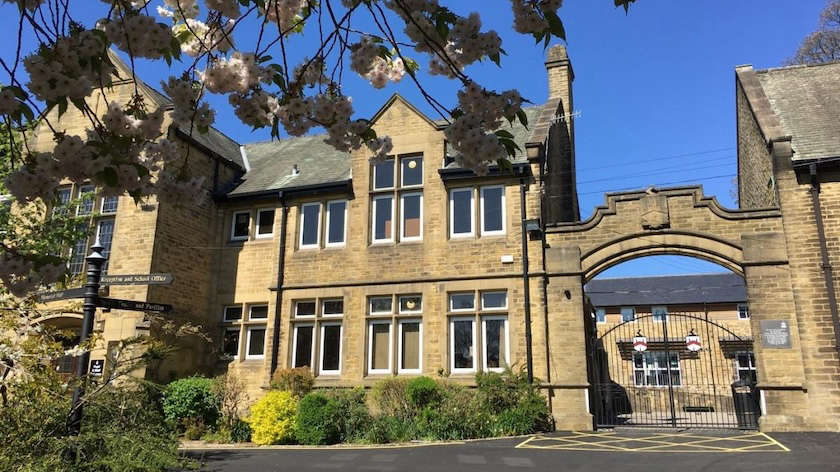 Ermysted's to adopt new Year 7 Admissions Test
Ermysted's to adopt new Year 7 Admissions Test
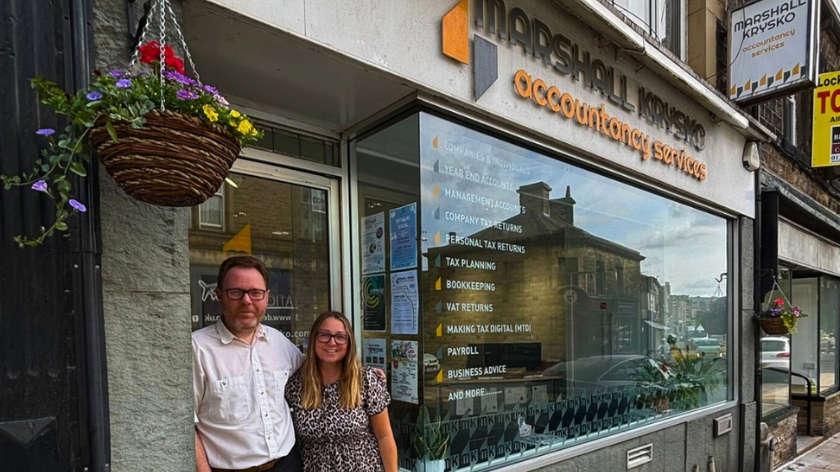 Accounting firm in Silsden celebrates 7 years in business
Accounting firm in Silsden celebrates 7 years in business





